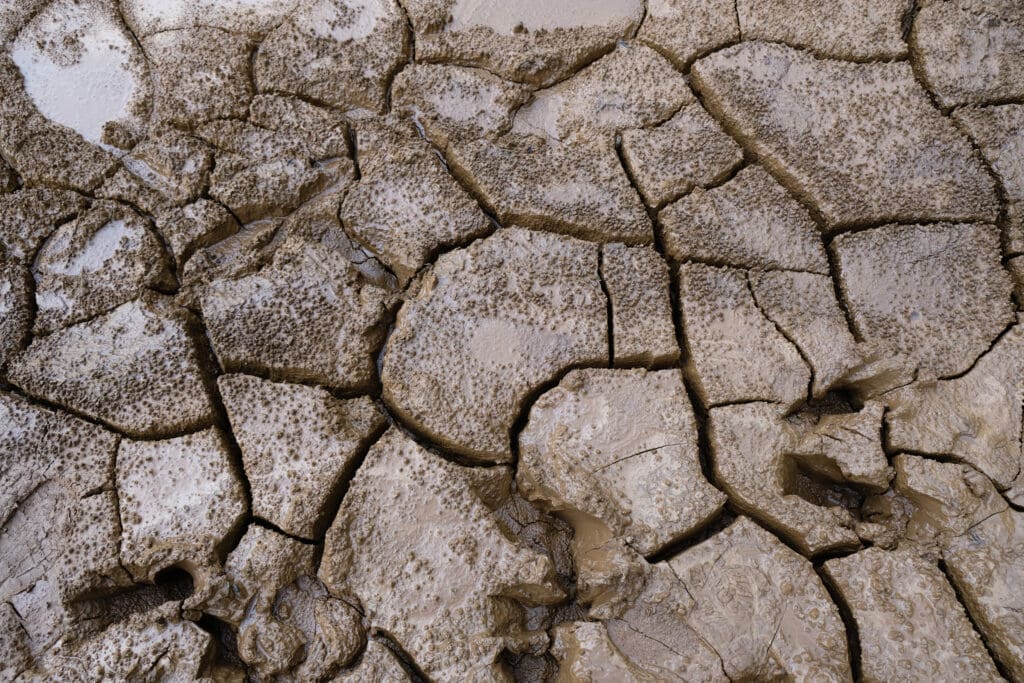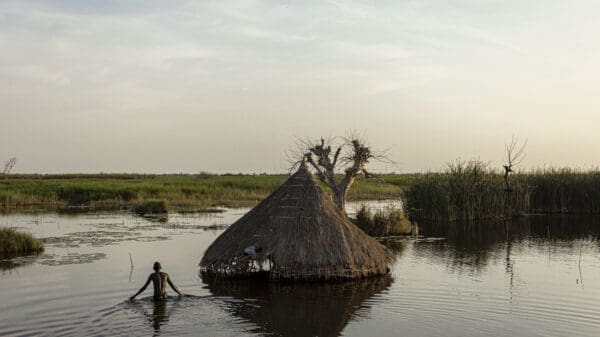Climate Change and Agriculture: Challenges and Opportunities

Global demand for food is on the rise. Demand is driven by population growth and developing world consumers adding more protein to their diets. The Food and Agriculture Organization (FAO) and others project that global agriculture production must double by 2050 to close the gap between food supply and demand.
No industry is more dependent on predictable weather and climate patterns than agriculture. Volatile climate changes create enormous challenges to meeting the needs of the world’s growing population. Yet farmers are acutely divided over climate change. Is it real, is it scientifically based, and what do farmers and ranchers and others in the food production chain need to do to combat its negative effects?
My own judgment, based on research, is that climate change is causing disrupting weather patterns and creating fundamental changes in temperature and precipitation. To me, the real challenge is not the debate, but the practical ways in which agriculture production can meet these challenges sensibly. Hoping that climate change is not happening or is something to be ignored is not an effective strategy.
Hoping that climate change is not happening or is something to be ignored is not an effective strategy.
If the changes in weather and climate are predictable, then food producers can adapt. But unpredictable or extreme changes like intense and persistent drought (of the magnitude we have seen in California and the southwest), or torrential rainfall leading to flooding could have catastrophic economic impact.
It’s not just crops. There will be more plant and animal diseases, with more prevalent pests and fungal pathogens. For the consumer and the food industry, there will be stresses on food safety. Many agriculture scientists and extension experts say these events are already taking place.
So what to do? The first thing is to not be in a state of denial, and to refute the overwhelming evidence of climate change. The second is to demand that government, the private sector, the scientific and academic community, and the insurance industry work with the food and agriculture industry to anticipate and mitigate these problems. There should be no enemies in this scenario; working together is the only solution.
Third, we are not doing enough to help production agriculture understand and prepare for climate change. The last Farm Bill properly identifies crop insurance and risk management techniques as key measures to help farmers cope with increasing natural disasters, but we could be doing much more to educate producers and establish tools like longer term weather and climate forecasting. We must embed conservation measures into crop production practices, and provide weather forecasting infrastructure with modern communications technologies. Speedy and reliable weather information is crucial to producers facing climate change risks.
Fourth, our land grant institutions should increase their research into the impacts of weather and climate, drought and pest resistant crops, the impact of climate change on soil health, and water utilization and conservation measures. Water is precious, and agriculture wastes too much of it. The current level of public sector food and agriculture research is woefully underfunded. There is also need for increased public/private sector initiatives in the research arena as is affects climate and weather.
Technology will play a key role in helping the food and agriculture sectors adapt to these changes. Modern communications infrastructure, especially insuring up to date broadband in rural areas, will help get better information to farmers and food producers. New hybrid seed technologies bred for drought and pest resistance will increase yields and qualities resistant to the negative effects of climate change. Wider acceptance of GMO crops are part of the solution.
The insurance industry, domestically and globally, must develop risk management products to reduce excessive risk of volatile weather patterns. These new products will incentivize food producers to include resiliency in their crop systems.
But we in agriculture can create our own solutions. We can make an opportunity out of these challenges.
Food processors and retailers that depend on a secure supply of agricultural commodities must also act. Many companies are already focusing on improving sustainability, including looking for ways to reduce energy use and greenhouse gas emissions in the food supply chain and using water more efficiently. This should send a signal to farmers that their business partners are taking these issues seriously.
The problems associated with climate change and extreme weather variability are real and will impact nearly every food producer and food manufacturer in the decades to come. And the issues are not confined to the U.S., but are global in their impacts and their solutions.
In my experience as a member of Congress and as Secretary of Agriculture, I often found a deep skepticism to these issues in farm country. Farmers worry that an overbearing government would require agriculture and food producers to bear an unreasonable burden to fix a problem that they did not believe they caused. I understand these concerns. But we in agriculture can create our own solutions. We can make an opportunity out of these challenges.
In a sense, the challenges posed by extreme and volatile weather have historically been part of a farmer’s strategy in protection against risk and this is a continuation of that strategy. In continuing to be prepared for these challenges, we can preserve a financially and environmentally sound agriculture industry for years to come. It is the only way to feed an hungry and growing world.
Dan Glickman served as the U.S. Secretary of Agriculture from 1995 to 2001. He currently serves on the board of World Food Program USA , a non-profit based in Washington, D.C., that builds support and resources for the mission of the U.N. World Food Programme .
This article originally appeared on Agri-Pulse.com and has been republished with permission.




